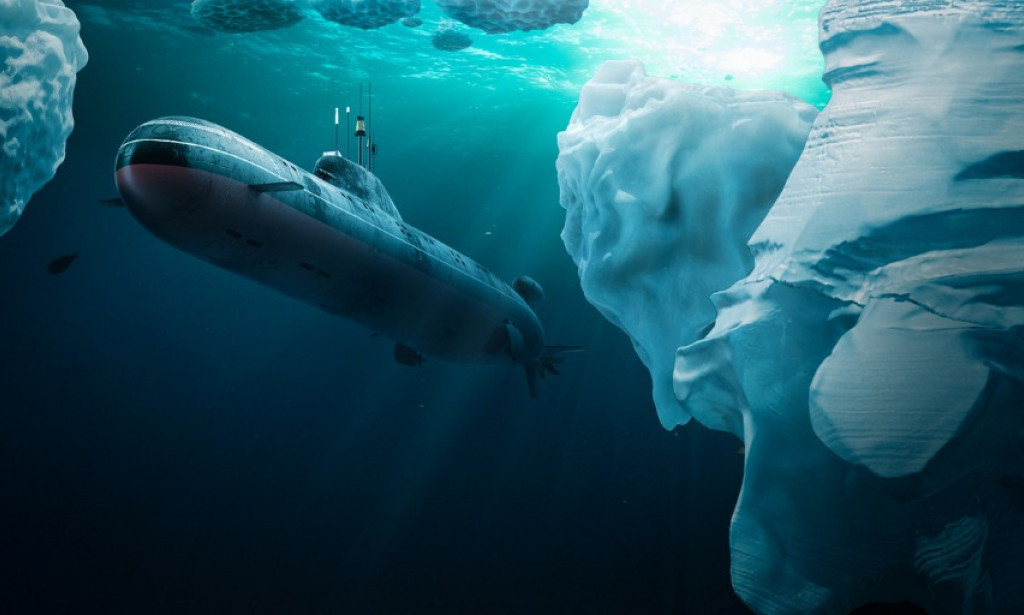Unseen Worlds: What Scientists Are Discovering in the Deep Ocean
The deep ocean is Earth’s final frontier — a dark, cold, and mysterious realm that remains largely unexplored. Though it covers more than 70% of our planet, scientists have mapped less than 20% of the seafloor. With new technologies diving deeper than ever before, researchers are uncovering an incredible world filled with glowing creatures, strange ecosystems, and mind-bending adaptations that redefine life itself.
1. Life Without Sunlight
- The deep ocean exists in total darkness, far below where sunlight can reach.
- Instead of photosynthesis, many creatures rely on chemosynthesis — where bacteria turn chemicals from hydrothermal vents into energy.
- These bacteria form the foundation of entire ecosystems, feeding tube worms, giant clams, and ghostly crabs.
- This discovery showed that life doesn’t need sunlight — just chemistry and adaptation.
Fun fact: This idea helped scientists imagine how alien life might exist on other worlds, like Europa or Enceladus, where oceans lie beneath ice.
2. Bizarre and Beautiful Deep-Sea Creatures
The deeper we go, the stranger life becomes. Recent expeditions have found:
- The Dumbo Octopus: A cute, fin-eared creature that “flies” through the water at depths of 7,000 meters.
- The Barreleye Fish: With a transparent head, it can look upward through its skull to find prey.
- Vampire Squids and Glass Octopuses: Nearly invisible hunters that glow in the dark.
About 80% of deep-sea creatures use bioluminescence — natural light they create to lure prey, find mates, or confuse predators.
It’s like an underwater galaxy — a silent fireworks show in the pitch-black abyss.
3. Robots Revealing the Unknown
Humans can’t survive the crushing pressure of the deep, so scientists rely on machines such as:
- ROVs (Remotely Operated Vehicles): Robots controlled from ships that can film and collect samples thousands of meters down.
- AUVs (Autonomous Underwater Vehicles): Self-guided explorers that map and scan the ocean floor. Using advanced robots, they’ve discovered coral forests, mysterious bacteria, and ecosystems powered by chemical energy instead of the sun.
These technologies have uncovered:
- Vast deep-sea coral gardens and sponge forests.
- New species adapted to survive extreme cold and pressure.
- Even natural chemicals that could be used in medicine and biotechnology.
Each mission brings images and data from places no human eye has ever seen.
4. Why Deep-Sea Discovery Matters
The deep ocean isn’t just mysterious — it’s essential to life on Earth. It helps:
- Store carbon dioxide, reducing global warming.
- Support biodiversity, hosting thousands of undiscovered species.
- Maintain nutrient cycles vital for surface life.
But this fragile world faces threats like deep-sea mining, plastic pollution, and climate change. Protecting it means preserving one of Earth’s most important — and least understood — ecosystems.
Final Thoughts
Every expedition reminds us that the ocean’s depths are not empty, but alive and extraordinary. From glowing jellyfish to ancient bacteria, the deep sea holds secrets that could change how we understand life, evolution, and our planet’s future.
The more we explore these unseen worlds, the more we realize — we’ve only just begun to scratch the surface.



You must be logged in to post a comment.